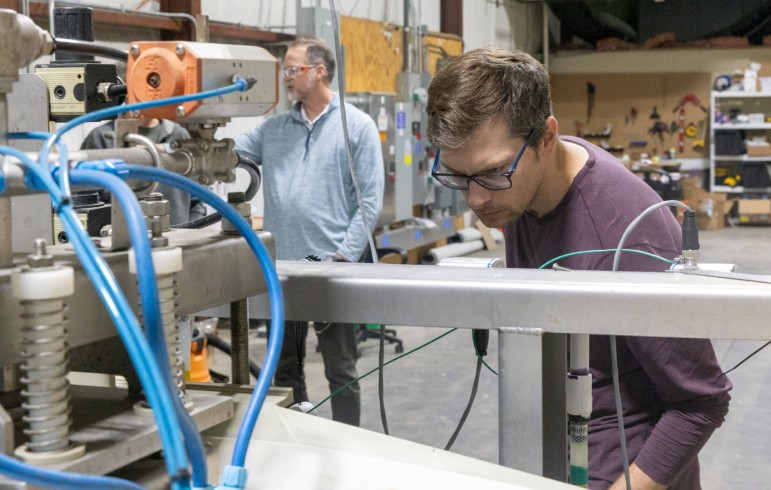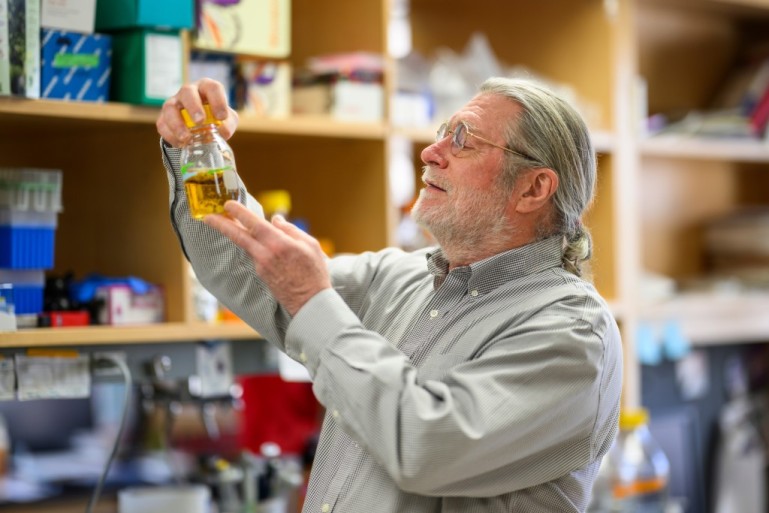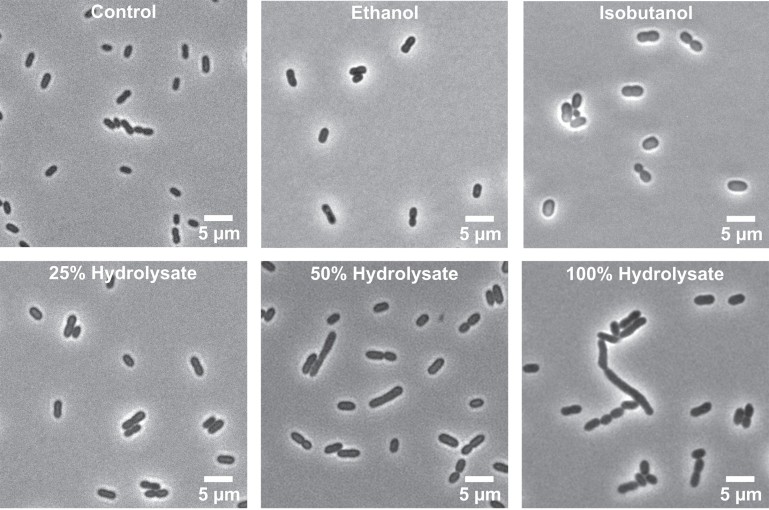This year’s Wisconsin Energy and Sustainability Challenge (WESC) proved that University of Wisconsin–Madison students promise to be at the forefront of sustainable innovations for years to come.
Electric vehicles (EV) and other next generation transportation technologies have an important role to play in transitioning the U.S. to a clean energy economy.
University of Wisconsin–Madison chemical engineers have developed a new way to create inexpensive chemical sensors for detecting explosives, industrial pollutants or even the chemical markers of disease in a patient’s breath.
Flooring can be made from any number of sustainable materials, making it, generally, an eco-friendly feature in homes and businesses alike.
MADISON – Scientists at the University of Wisconsin–Madison and the Great Lakes Bioenergy Research Center (GLBRC) have found a way to nearly double the efficiency with which Saccharomyces cerevisiae, a commonly used industrial yeast strain, converts plant sugars to biofuel.
MADISON -- When scientists reported in 2014 that they had successfully engineered a poplar plant “designed for deconstruction,” the finding made international news.
In 2014, when University of Wisconsin–Madison engineers announced in the journal Nature Communications that they had developed transparent sensors for use in imaging the brain, researchers around the world took notice.



